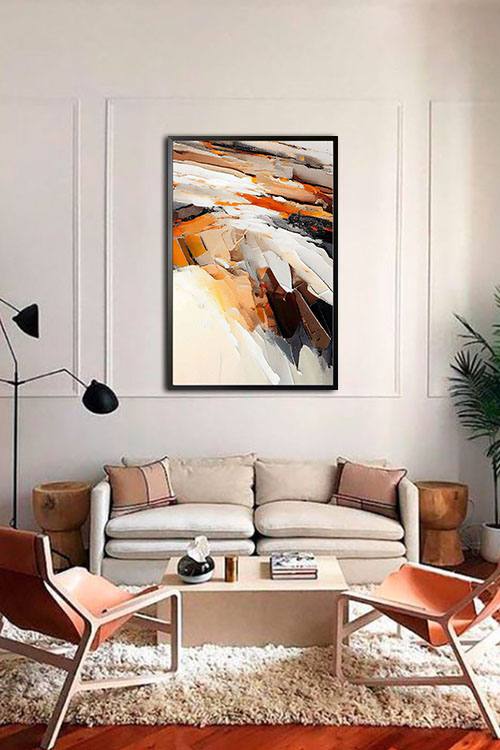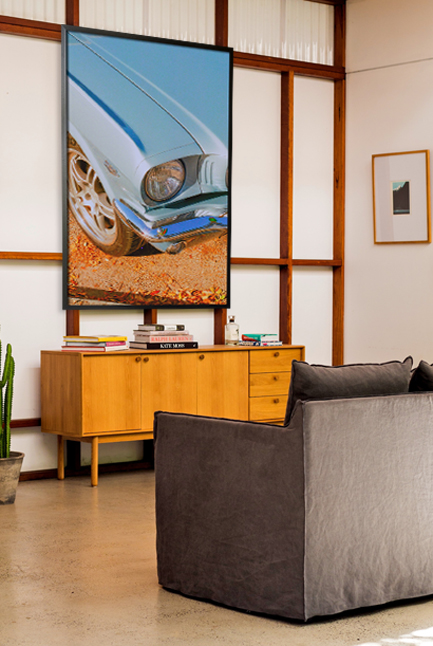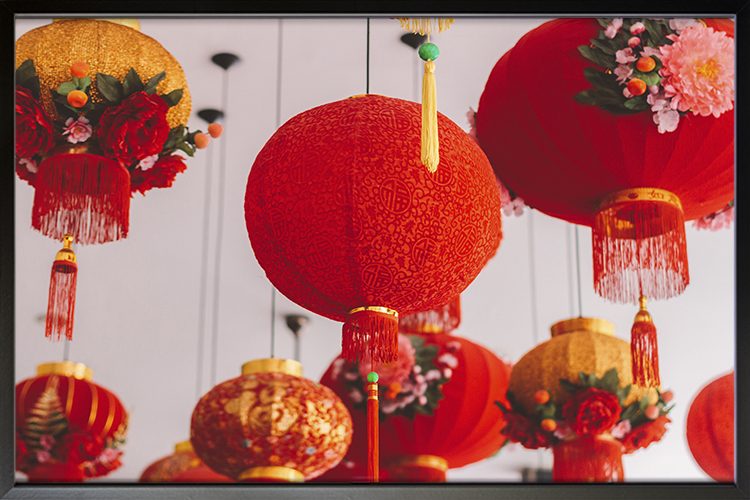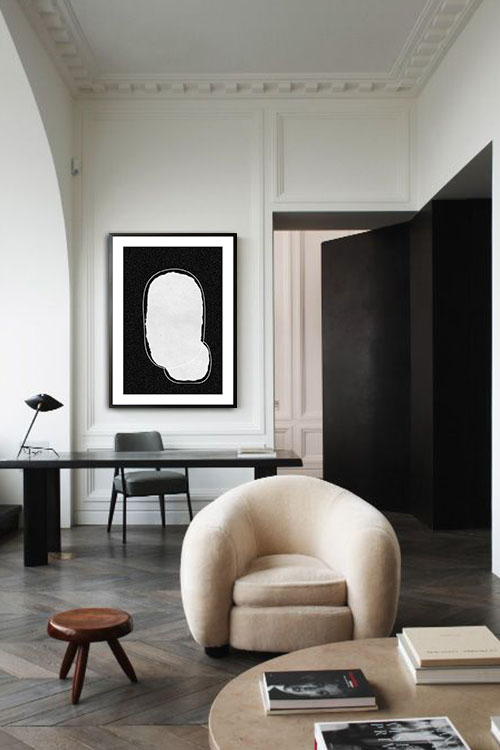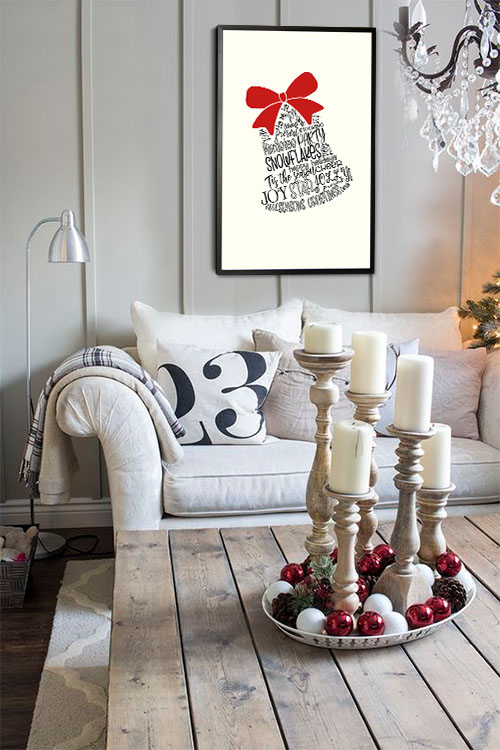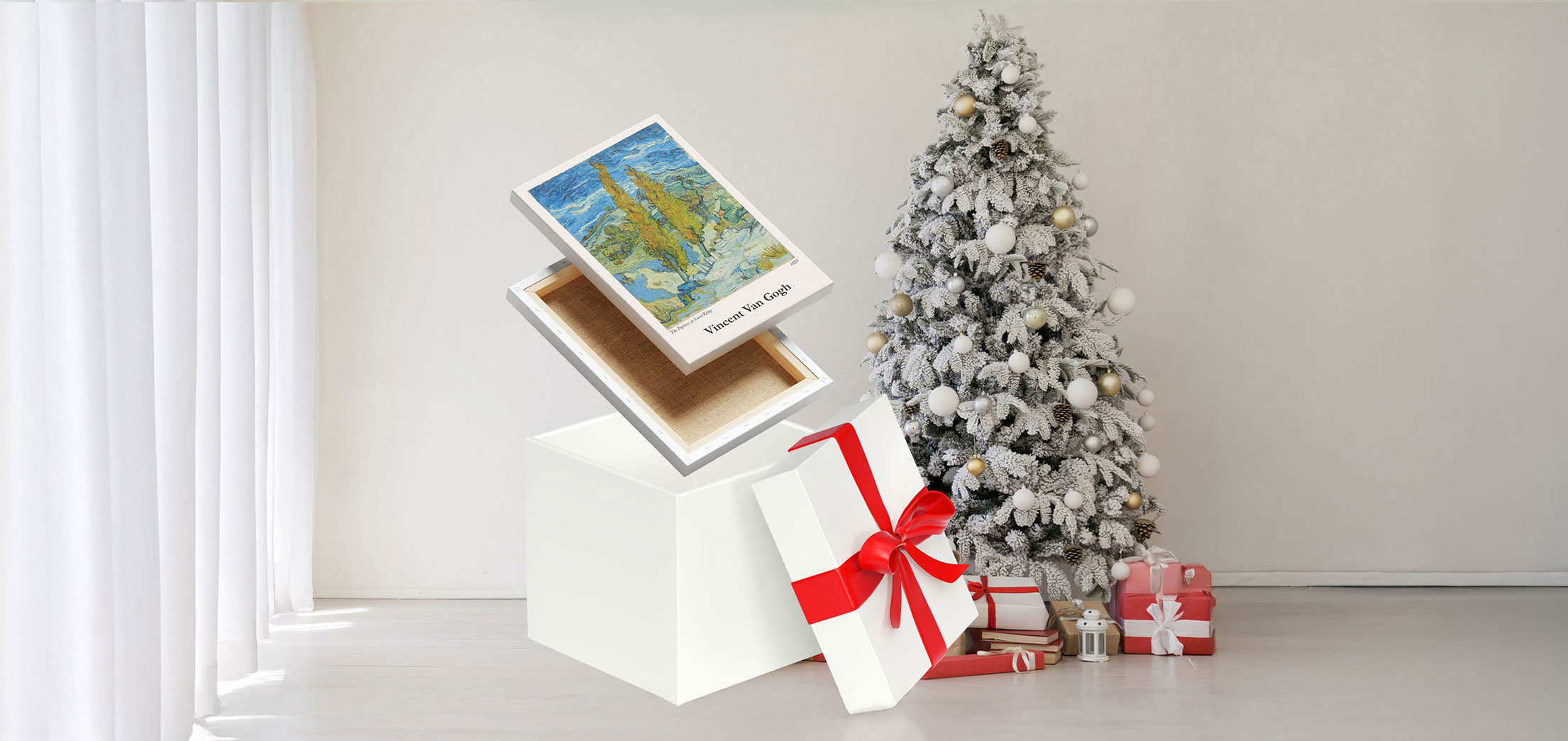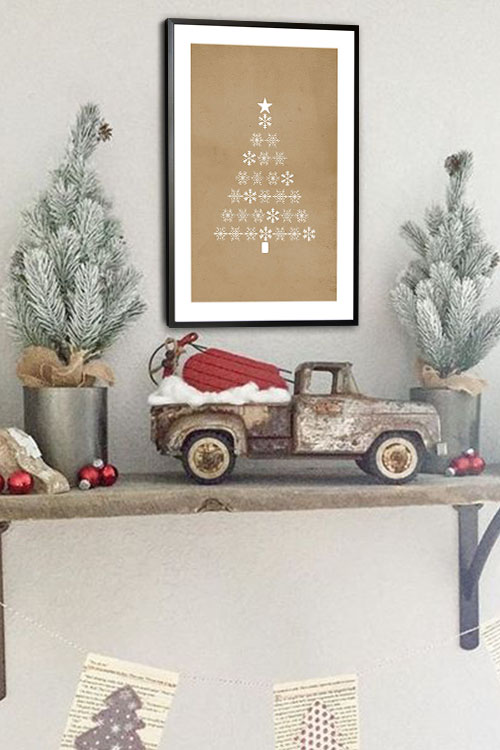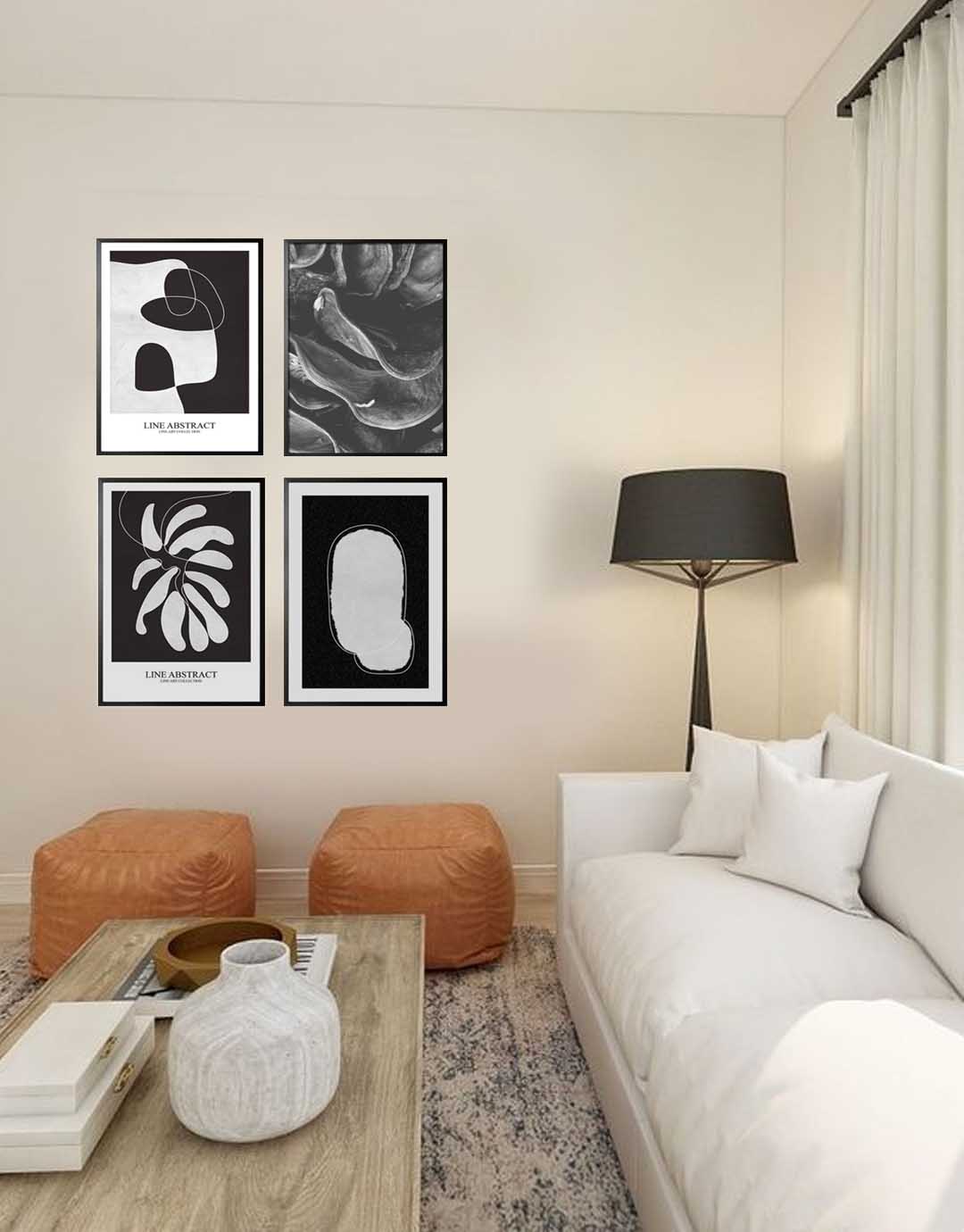
Your home is your sanctuary, a reflection of your personality and lifestyle. The choice between timeless and trending styles can feel overwhelming when it comes to interior design. Both approaches offer unique advantages, and finding the balance that suits you best is key to creating a space you love. Whether you prefer the enduring appeal of classic design or the excitement of modern trends, your style choice can transform your home into a haven of comfort and beauty, reassuring you that there’s no wrong choice and inspiring you to create a space that reflects you.
Timeless: A Foundation of Elegance
Timeless design embodies enduring appeal and sophistication. It relies on principles of simplicity, balance, and quality, ensuring that your interiors remain relevant year after year. Think neutral color palettes, clean lines, and natural materials like wood, stone, and leather. These elements form a foundation that transcends fleeting trends.
Furniture in timeless interiors often features classic shapes, such as Chesterfield sofas, wingback chairs, or farmhouse dining tables—neutral tones like beige, gray, and white dominate, creating a calm and inviting atmosphere. Patterns like stripes, plaids, and florals add subtle charm without overwhelming the space.
The beauty of timeless design lies in its longevity. Investing in high-quality furniture and finishes reduces the need for frequent updates, saving money and resources in the long run. Iconic examples of timeless design, such as Scandinavian minimalism or mid-century modern, prove that simplicity and functionality never go out of style.
Trending: A Burst of Personality
Trending design brings energy and excitement to your home. It reflects the latest innovations and cultural shifts, allowing you to experiment with bold ideas and showcase individuality. From statement wallpaper and vibrant color schemes to unique furniture shapes, trends let you infuse your unique personality into your space, empowering you to create a home that is truly yours.
Recent trends, such as biophilic design (which emphasizes natural elements and their benefits to human health and well-being), maximalism (layering patterns and textures), and sustainable materials, highlight society’s evolving values. These elements can make your home feel current and connected to the moment.
The challenge with trending design is that it can feel dated as tastes evolve. To avoid this, incorporate trends in small, replaceable details. For example, opt for trendy throw pillows, rugs, or light fixtures instead of committing to bold, permanent changes like wall colors or expensive furniture.
Choosing Your Interior Design Style
Striking a balance between timeless and trending is often the ideal approach. Start with a timeless base—neutral walls, quality furniture, and classic layouts (such as symmetrical furniture arrangements or traditional room functions)—then layer in trending accents that reflect your personality and interests. This way, your home feels fresh without requiring constant overhauls.
Consider the longevity of each design choice. Will you love that bold wallpaper in five years? Does the trendy color scheme complement your lifestyle? You can create a modern and enduring space by thoughtfully integrating trends into a timeless framework.
Ultimately, the best interior design style is the one that makes you feel at home. Whether you gravitate toward timeless elegance or trending vibrancy, let your space reflect who you are and how you live. After all, great design isn’t just about aesthetics—it’s about creating a uniquely your home, a space where you feel connected and understood.
